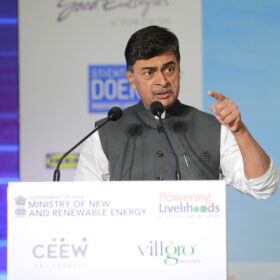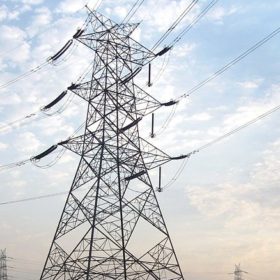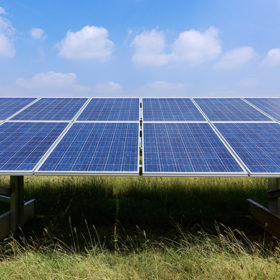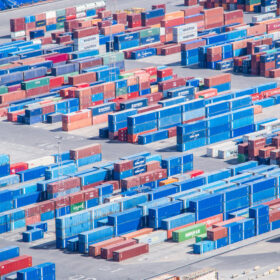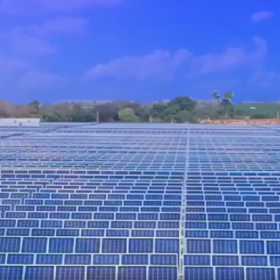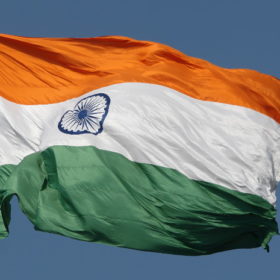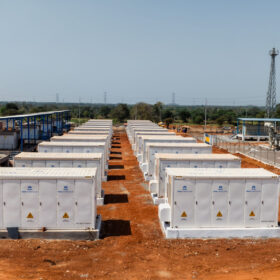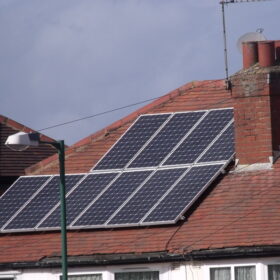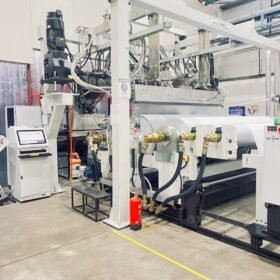Govt to launch scheme for livelihood applications of distributed renewable energy
India’s power minister said the government will create a large program for distributed renewable energy livelihoods, like rooftop solar and solar irrigation schemes.
Govt panel outlines electricity market roadmap
A power ministry-constituted panel on electricity market development in India has proposed a market-based mechanism for secondary reserves, power purchase agreements (PPAs) of 12-15 years duration, and 5-minute metering, scheduling, dispatch, and settlement.
All major ports should switch to over 90% renewable energy by 2047, say new guidelines
The recently issued green port guidelines emphasize using clean energy in port operations and developing port capabilities for storage, handling, and bunkering of greener fuels such as green hydrogen, green ammonia, and green methanol.
Commissioning extension for solar projects only on case-by-case basis, says MNRE
Solar Energy Corp. of India, NTPC, and NHPC would examine developers’ requests for an extension to their solar and wind-solar projects on a case-by-case basis. The extension would be granted only if the developer has taken all possible measures to implement the project (such as land acquisition and order for module/balance-of-system supply) but couldn’t complete it for reasons beyond his control.
US House of Representatives votes to resume solar tariffs
US President Joe Biden’s two-year halt on solar import tariffs is designed to create a bridge of supply as the United States ramps up its domestic manufacturing capacity.
Strong policy focus needed to drive pumped storage development
Despite being a mature and largely indigenous technology, pumped storage hydropower’s operational capacity in India remains very low at 3.3 GW because of the high development costs and inherent challenges in constructing these schemes.
Relaxation of ALMM order a near-term positive for solar power developers, says ICRA
The Ministry of New & Renewable Energy has exempted solar projects to be commissioned till March 31, 2024, from the requirement to source modules from the Approved Models and Manufacturers (ALMM) list. The move provides developers with the flexibility to source modules at the most cost-competitive rates.
The case for using gas-based plants to serve peak power demand
Using some of India’s existing gas-based power capacity as peaking plants would be more economical than the other options in the short-term market for peak power supply. Gas-based power plants can provide ancillary services to maintain the grid’s power quality, reliability, and security as renewable energy capacity increases, says a new report by IEEFA.
Karnataka, Gujarat lead the way in transition to clean electricity
A joint study by IEEFA and Ember analysed 16 Indian states on their preparedness to shift away from fossil-fuel-based power, ability to incentivize greener market participation, power system’s reliability, and policies pushing for power sector decarbonization. It shows Karnataka and Gujarat fare well in progress towards clean electricity transition.
Guidelines for pumped storage projects in India
The draft guidelines released by the power ministry include concessional climate finance and utilization of exhausted coal mines as sites for pumped storage projects.
